Baccarat Basics

If you are reading this then you are probably already familiar with the rules of Baccarat, but it doesn’t hurt to do a quick recap.
The version of Baccarat most often played online is Punto Banco. The game is usually played with six or eight decks of cards. Cards are dealt to two positions, the Player and Banker, and players simply bet on which position will have a value closer to 9 after the cards have been dealt.
Therefore, there are just three possible bets, Banker, Player or Tie. Players place their bets at the start of a round and the rest is left to the dealer. Each position receives two cards, and in some situations a third. The number cards 2 through 10 are worth their face values, the pictures cards are worth 10 and Aces are worth 1. The value of both cards is totalled and if the total is greater than 10, then 10 is subtracted. For instance, a hand of 17 is worth 7.
After all the cards have been dealt, the position with a value closer to 9 wins and bets are paid out.
Baccarat Betting Strategy
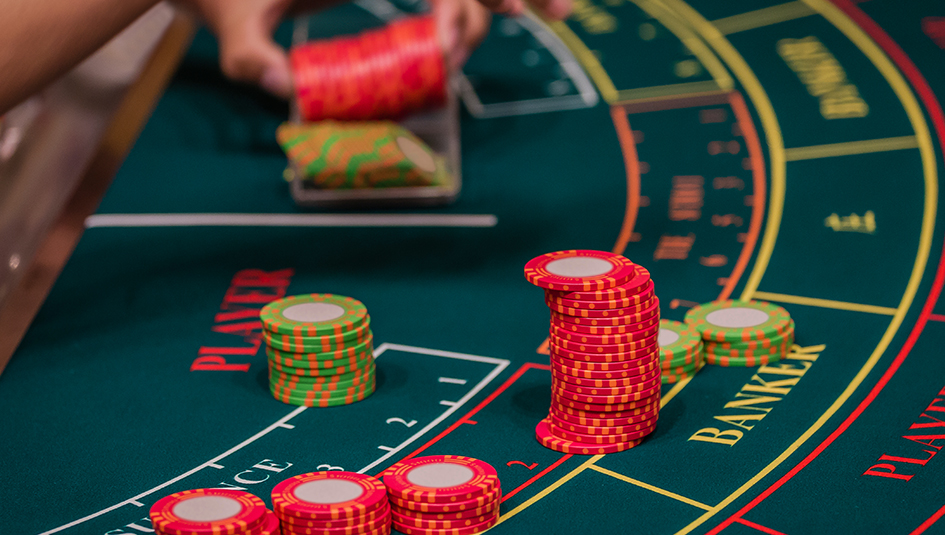
When constructing a betting strategy the aim is always to reduce the house edge as much as possible. With Baccarat, this is incredibly simple to do and remember. All players have to do is always bet on the Banker position.
The theoretical house edge for the Banker position is 1.06%. The house edge on the Player position is slightly higher at 1.24% and the house edge for a Tie is far higher at 14.36%. Therefore, the Banker is the best bet to place.
There are further reasons for always betting on the Banker. In a game of Baccarat played with eight decks of cards, the Player position will win 44.63% of hands, lose 45.87% of hands, and tie 9.51% of hands. The Banker will win 45.87% of hands, lose 44.65% of hands and tie 9.51% of hands. If ties are ignored, it means that the Banker position wins 50.68% of the time and loses 49.32% of the time (and the reverse is true of the Player position).
As a result, the Banker position is slightly more likely to win than lose, which is precisely why in most games of Baccarat there is a 5% commission on winning Banker bets. However, even with the commission, the Banker hand still has a 1.17% advantage, meaning that it is always the best position to bet on.
Using Baccarat Betting Systems
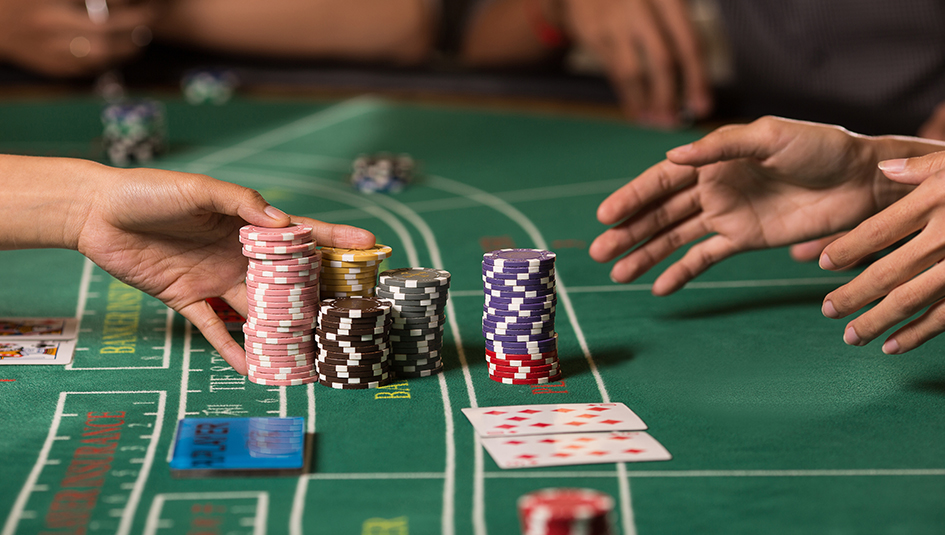
As should now be clear, Baccarat strategy is very simple. However, you can still improve upon your results with betting systems. These will help you manage your bankroll and reduce your loses over time (although nothing can ever guarantee a win).
There are three main types of betting systems. The simplest is flat betting, which is where you bet the same amount on every hand. There are also positive progression and negative progression systems. Positive progression systems require you to increase your bet after a win and decrease it after a loss while the reverse is true of a negative progression system.
There are many different betting systems around, so here is a look at a few that can be used when playing Baccarat.
The Martingale System
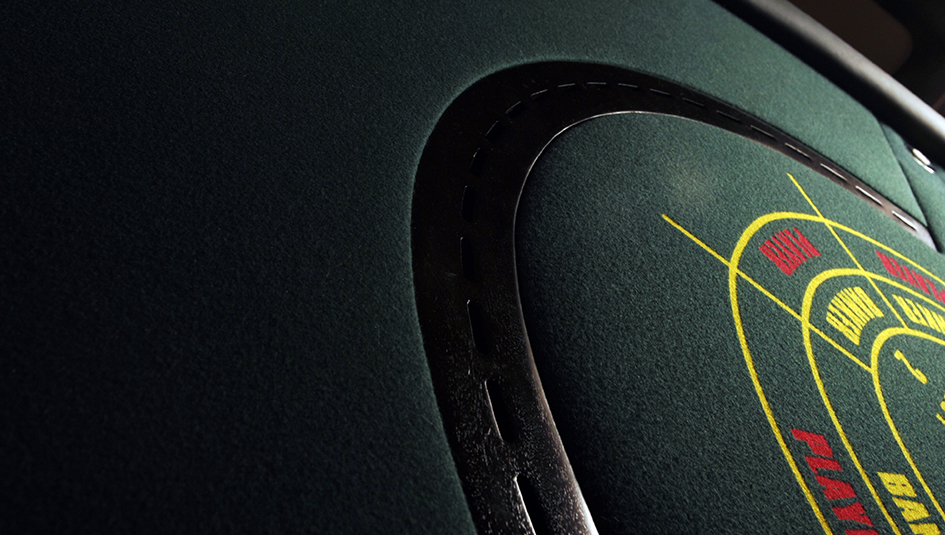
This is probably the most famous betting system around. It is a negative progression system that can be used with many card and table games. The system simply calls for you to bet the same amount after a win, double your bet after a loss and then return to your original bet after a win.
For example, if you bet €5 and win, then you bet €5 on the next hand. However, had you lost then you would bet €10 on the next hand and if you lost again then you would bet €20 on the next, and so on, until you win at which point your bet returns to €5. The idea is that when you do eventually win, you will recoup all of your losses to that point.
However, as you will have noticed, the bets do become very big very quickly. If you were to lose 10 hands in a row starting with a €5 bet, then you would have to bet €2,560 on hand. Even if you have the bankroll to sustain this, you may find that you hit the table’s upper limit before you win a hand. Therefore, while it is a useful system, you need to be aware of its limitations.
The Paroli System
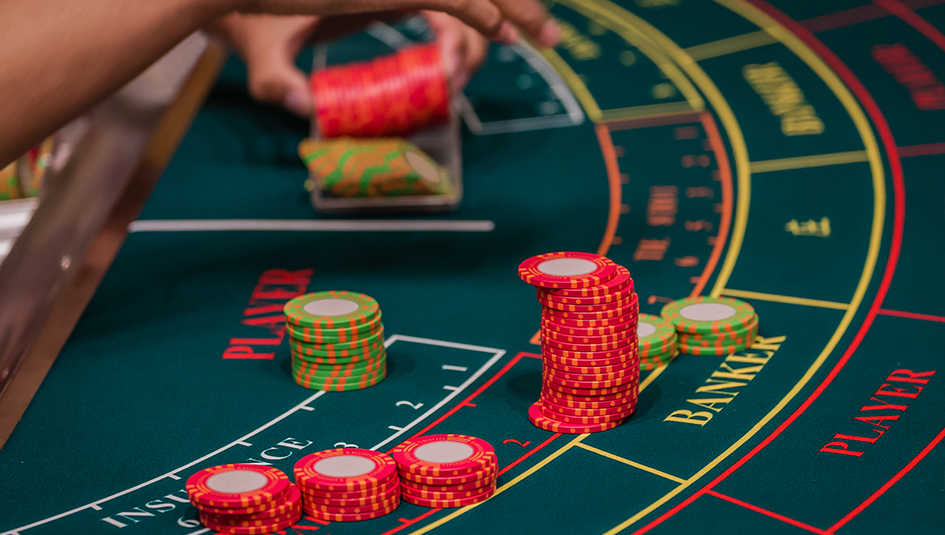
The Paroli is a positive progression betting system that has been around for hundreds of years. It is very simple to learn and can be applied to many games.
You first need to choose a starting bet that will be used at the start of each progression. Often, people recommend that the starting bet should be about 2% of your bankroll for the session. Therefore, if you have a bankroll of €500 then your starting bet should be €10. The system then requires you to keep the bet the same after a loss, but double it after a win.
This way, you will be able to make some significant profits quickly if you hit a winning streak, but you will not be losing vast amounts when losing. Furthermore, the system is somewhat flexible. Strictly speaking, you do not need to double your bet after a win. Instead you could choose to put half of your winnings aside to insure yourself from future loses.
The Labouchere System
The Labouchere is a negative progression betting system that goes by many other names, such as the Split Martingale. It is a little more complicated than those discussed above, but not hard to grasp. The system is designed to help players try to recoup their losses but instead of doing it all at once, do it through a series of small wins. Once again, it is a system that can be used with many different table games.
The first thing to do is set a target for how much you want to win, e.g. €100. You then need to split that figure up into a series of smaller numbers, such as 10-20-10-10-10-20-10-5-5. Then, you take the leftmost number and the rightmost, add them together, and bet that amount (in this example, €15).
If you then win your bet, you cross out each number from the row and then move on to the new leftmost and rightmost numbers (which would be €25 in the above example). However, if you lose the bet, you do not cross the numbers out; rather, you add the amount you have just bet to the rightmost end of the sequence. In the above example, it would make the sequence 10-20-10-10-10-20-10-5-5-15, which means that your next bet would be €25. When you have successfully crossed of all of the numbers, then you will have won the amount of your goal (minus the commission for winning Banker bets).
The most obvious downside to this system is that if you hit a very long losing streak then you may end up having to place very large bets. One way to avoid this is to include some 0s in your initial sequence of numbers.
The Fibonacci System
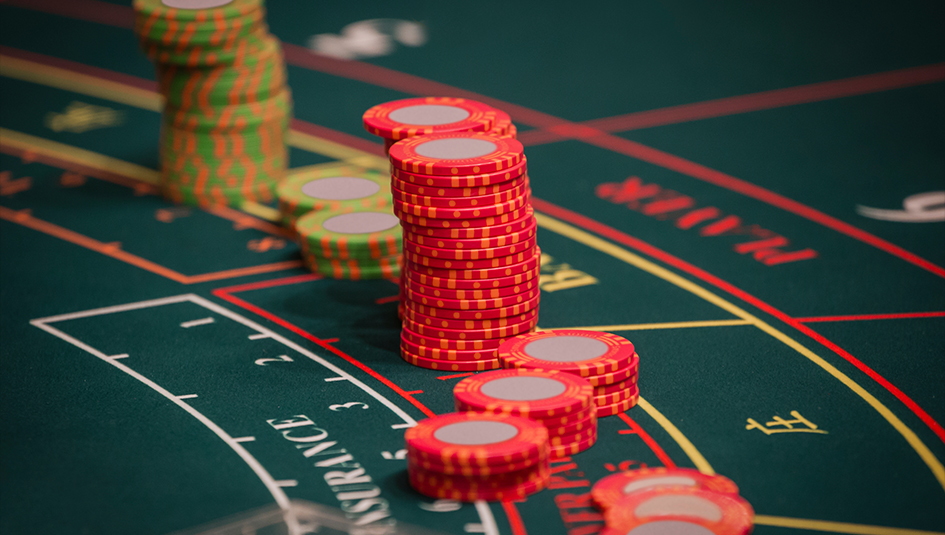
As the name suggest, this betting system is based upon the famous sequence of numbers. It is a negative progression system that is easy to learn.
The Fibonacci sequence is a series of numbers in which each number is the sum of the previous two. The first ten numbers in the sequence are 1, 1, 2, 3, 5, 8, 13, 21, 34, 55, and it can be continued infinitely.
When using it as a betting system you would start with a bet of 1 unit (the first number in the sequence). A unit can be however much you decide, e.g. €1, €2, €5, and so on. If you lose, you move to the next number in the Fibonacci sequence, so you would bet 1 unit again. You continue moving along the sequence for as long as you are losing. Once you win, you move two numbers back in the sequence. For example, if you were to lose seven bets in a row and then win, your next bet would be 5 units.
As with most betting systems, the main dangers are hitting a very long losing streak and running out of money or reaching the table’s upper betting limit.

 The Best Roulette Games for High Rollers
The Best Roulette Games for High Rollers Benefits of Being a Casino High Roller
Benefits of Being a Casino High Roller